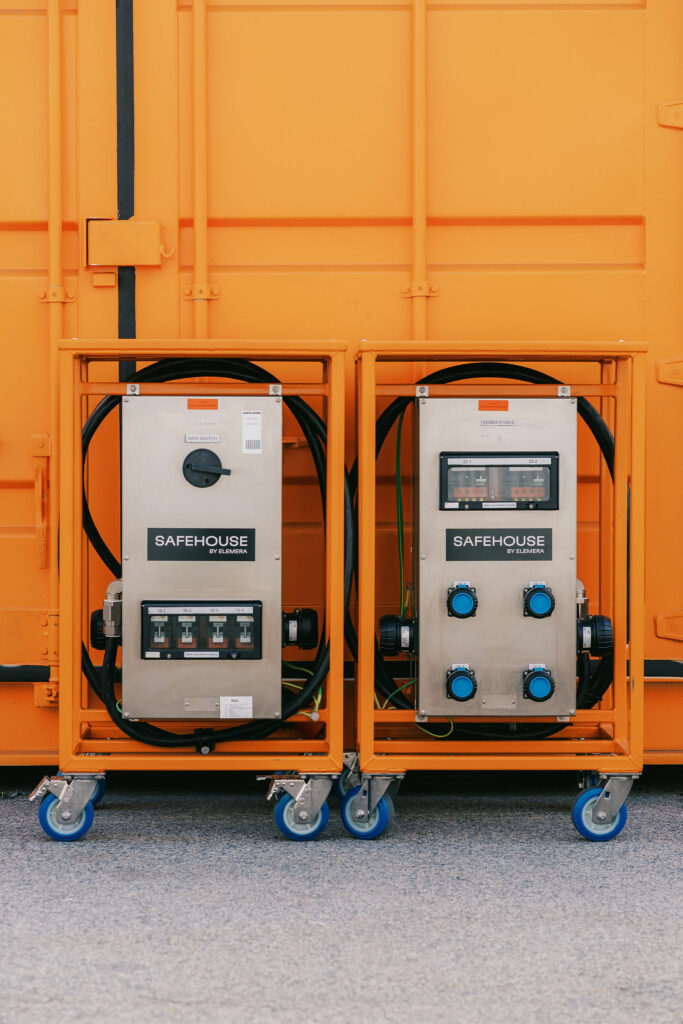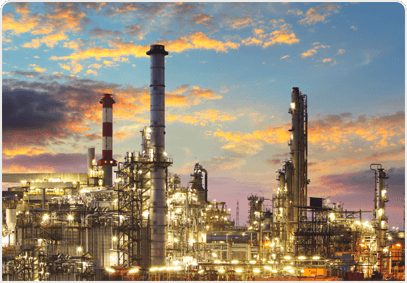10 Simple Techniques For Roar Solutions
10 Simple Techniques For Roar Solutions
Blog Article
Roar Solutions Can Be Fun For Everyone
Table of ContentsThe 3-Minute Rule for Roar SolutionsThings about Roar SolutionsThe Roar Solutions Statements
In such an ambience a fire or explosion is feasible when 3 standard conditions are fulfilled. This is frequently described as the "hazardous location" or "burning" triangle. In order to shield installments from a possible surge a technique of evaluating and identifying a possibly harmful area is required. The function of this is to make sure the proper option and installment of equipment to ultimately avoid an explosion and to make sure security of life.
(https://pagespeed.web.dev/analysis/https-training-roarsolution-com-au/mm9wy036rp?form_factor=mobile)
No tools should be installed where the surface temperature level of the tools is better than the ignition temperature level of the given threat. Below are some common dust dangerous and their minimum ignition temperature. Coal Dust 380C 225C Polythene 420C (melts) Methyl Cellulose 420C 320C Starch 460C 435C Flour 490C 340C Sugar 490C 460C Grain Dust 510C 300C Phenolic Resin 530C > 450C Aluminium 590C > 450C PVC 700C > 450C Residue 810C 570C The likelihood of the hazard existing in a concentration high enough to cause an ignition will vary from location to location.
In order to classify this danger an installment is separated right into locations of risk relying on the amount of time the dangerous is present. These areas are referred to as Areas. For gases and vapours and dusts and fibers there are three zones. Area 0 Area 20 An unsafe ambience is very most likely to be present and may be present for extended periods of time (> 1000 hours annually) and even continuously Zone 1 Area 21 A harmful environment is possible yet not likely to be existing for lengthy periods of time (> 10 450 C [842 F] A classification of T6 means the minimal ignition temperature is > 85 C [185 F] Dangerous location electrical equipment maybe created for use in higher ambient temperature levels. This would certainly suggested on the rating plate e.g. EExe II C T3 Ta + 60C( This suggests at 60C ambient T3 will not be exceeded) T1 T1, T2, T3, T4, T5, T6 T2 T2, T3, T4, T5, T6 T3 T3, T4, T5, T6 T4 T4, T5, T6 T5 T5, T6 T6 T6 A T Course rating of T1 suggests the maximum surface area temperature level created by the instrument at 40 C is 450 C. Presuming the connected T Course and Temperature level ranking for the equipment are suitable for the location, you can always use an instrument with a more strict Department score than needed for the location. There isn't a clear answer to this question regrettably. It actually does depend upon the sort of equipment and what repairs require to be performed. Tools with details examination treatments that can't be executed in the area in order to achieve/maintain 3rd party rating. Should return to the manufacturing facility if it is prior to the equipment's service. Area Fixing By Authorised Personnel: Difficult screening may not be needed however specific procedures may need to be complied with in order for the equipment to preserve its 3rd party rating. Authorized employees have to be utilized to carry out the work appropriately Fixing have to be a like for like substitute. New part need to be taken into consideration as a direct replacement needing no unique screening of the devices after the repair service is total. Each item of devices with a dangerous score must be evaluated independently. These are outlined at a high degree listed below, however, for more comprehensive information, please refer directly to the guidelines.
The Buzz on Roar Solutions
The equipment register is a comprehensive data source of devices records that consists of a minimum set of areas to identify each product's location, technical parameters, Ex lover classification, age, and environmental data. The proportion of Comprehensive to Close inspections will certainly be figured out by the Devices Danger, which is analyzed based on ignition danger (the chance of a source of ignition versus the possibility of a flammable atmosphere )and the hazardous location classification
( Zone 0, 1, or 2). Applying a durable Risk-Based Examination( RBI )strategy is important for making sure compliance and security in taking care of Electric Devices in Hazardous Locations( EEHA).
The Buzz on Roar Solutions

In terms of eruptive danger, a harmful area is an environment in which an eruptive ambience exists (or may be expected to be existing) in quantities that require unique preventative measures for the building, installation and usage of devices. Roar Solutions. In this article we discover the difficulties faced in the workplace, the threat control actions, and the called for competencies to function securely
It issues of modern-day life that we produce, store or take care of a variety of gases or liquids that are considered flammable, and a series of dusts that are considered combustible. These materials can, in certain problems, form eruptive atmospheres Check This Out and these can have significant and terrible effects. The majority of us know with the fire triangle eliminate any kind of one of the 3 components and the fire can not happen, yet what does this mean in the context of dangerous locations? When breaking this down into its most basic terms it is basically: a combination of a particular amount of release or leakage of a certain substance or product, combining with ambient oxygen, and the presence of a resource of ignition.
In a lot of circumstances, we can do little concerning the levels of oxygen in the air, but we can have considerable impact on resources of ignition, as an example electric tools. Hazardous areas are documented on the unsafe area classification drawing and are determined on-site by the triangular "EX" indication. Right here, among other key information, zones are split into three types depending on the hazard, the possibility and duration that an explosive environment will exist; Zone 0 or 20 is deemed one of the most unsafe and Area 2 or 22 is deemed the least.
Report this page